Some scientist believe that the largest component of the earth's warming is Co2. There are other smaller factors like the sun's brightness, cosmic rays, and volcanic activity to mention a few others.
Some things about Co2: Co2 is only .o4% of the atmosphere. .04% is a very small amount. If you had 2,500 dimes, .04% would be 1 of those dimes. Without any Co2 in the atmosphere the earth's average temperature would be 23 deg F.
However scientist do it they have determined that the average temperature of the earth is 59 deg F. In the 150 years since humans have been recording the earth's temperature the average temperature has risen 1.8 deg F.
Earth's surface and atmosphere absorb the sun's energy and radiate it out. Thermal equilibrium dictates that the power level of the incoming radiation matches what goes out. Earth's temperature rises or falls by its own mechanisms until radiation balance is achieved. Co2 modifies this balance by trapping energy that would of escaped into space.
Humans can not predict climate (listen to the weather report). In fact climate is chaotic (sensitive to intial conditions). So to model how climate responds to different changes one needs precise initial conditions to get exact results, plus we would also have to know how the future will be like (ie. # of cars & factories). We do not know any of this with any precision. All we can do is assume or guess. If our assumptions are off at the beginning, even by a small amount, our extrapolated results will be way off.
Also when it comes to climate there is a lot of cause and effect. Which makes it challenging to determine exactly what causes warming. Some scientist believe that half of the human global warming comes from cause and effect.
For instance warmer air holds more water vapor. Water vapor is a green house gas cause it warms the earth. So as Co2 increases so does water vapor. The Co2 will linger in the atmosphere for decades, but water vapor rains out as conditions change. Aerosols amd clouds trap and reflect sunlight depending on their vertical distribution. The higher they are they reflect, the lower they trap.
The eruption of Mount Pinatube in 1991 dropped the average global temperatures by .9 deg F the following year, the cause was sulfate. The burning of fossil fuels throws 55 billion tons of sulfur into the air, half of this turns into sulfate, which could cool the earth.
The earth responds on its own to changing conditions by its climate. Changes in cloud patterns could cool or warm the earth, and the oceans absorb Co2.
So to wrap this up, it would cost 100's of billions to trillions of dollars to change things by a small amount and then we really would not be sure of the long term effects of what we do. It's nice to have people thinking about different things and I am happy that somebody is thinking about global warming. Am I worried about global warming, ofcourse not. But that does not mean that we shouldn't do the right thing, we also shouldn't change our lifestyles cause of it.
Besides the sun is a dying star, and as the sun dies the energy it sends toward earth will decrease and so one day we will be happy to have more Co2 in the atmosphere.
How about that, till next time, Jorge
Subscribe to:
Post Comments (Atom)


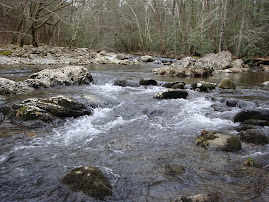
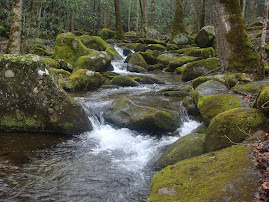

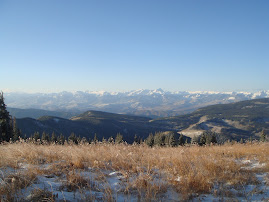








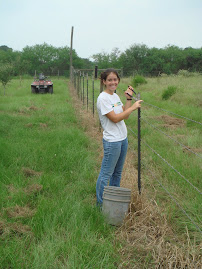


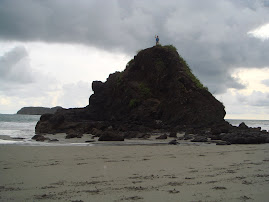









































































No comments:
Post a Comment